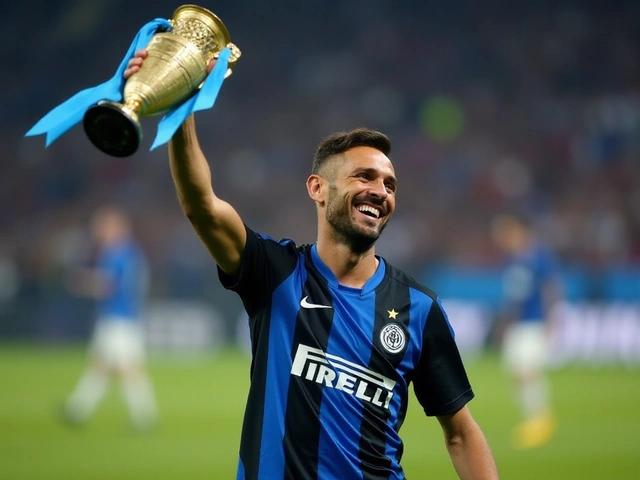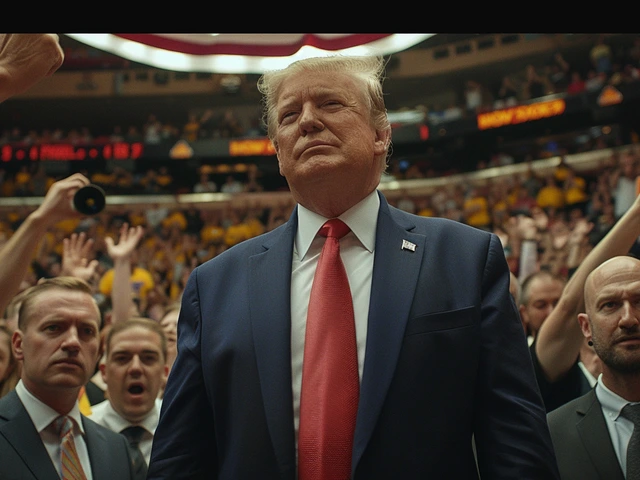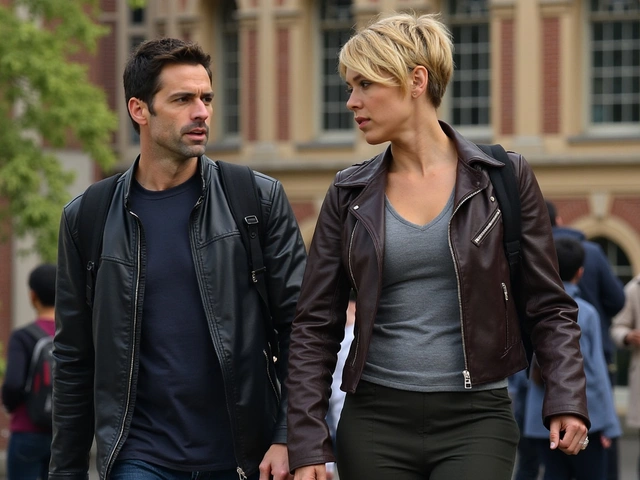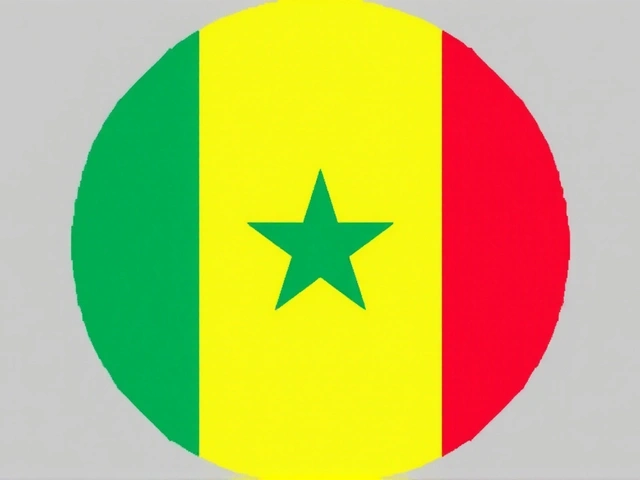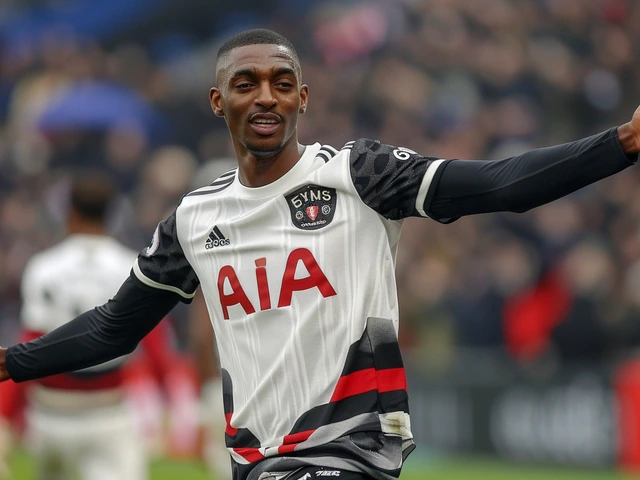Papal Succession: How a New Pope Is Chosen
When a pope dies or resigns, the whole Catholic world watches. Papal succession is the process that picks the next leader of the Roman Catholic Church. It’s mostly run by the College of Cardinals and follows clear, old rules—but small details can change how fast or surprising the outcome is.
How the process works
First, the Holy See becomes "sede vacante"—the seat is empty. The Camerlengo confirms the pope’s death (or notes the resignation) and the Vatican begins formal steps. Daily life of the Church continues, but major decisions wait until a new pope is chosen.
Only cardinal electors—cardinals under 80 years old—take part in the election. The number of electors is usually capped (historically around 120). They meet in the conclave, a secret gathering inside the Vatican. Ballots are cast in the Sistine Chapel and tallied in rounds. Tradition and current rules ask for a two-thirds majority to elect a pope, so consensus is the usual path.
Voting rounds are private. Ballots are burned after each round; historically, smoke signals let the world know the result. Black smoke signals no pope yet, white smoke announces a new pope. Today the Vatican uses both smoke and a loudspeaker announcement to avoid confusion.
Conclaves can be short—one or two days—or last weeks. Factors that shape the vote include geography (balancing regions), language, theological stance, management skills, and how a cardinal might handle diplomacy or internal church reforms. Names of likely candidates—"papabili"—float in media, but surprises do happen.
Why the choice matters
The pope sets the tone for the global Church. He influences doctrine emphasis, appointments of bishops, social and foreign policy stances, and how the Church handles major issues like poverty, migration, or climate. Governments and religious communities watch closely because a new pope can shift Vatican diplomacy and priorities.
Want to follow a papal succession? Watch official Vatican channels for announcements, check live feeds during the conclave, and read reliable analysis about cardinal electors’ backgrounds. Look for signals such as pre-conclave statements, the balance of pastoral vs. administrative experience among electors, and which regions are mentioned when leaders talk about unity.
Papal succession mixes ritual, politics, and faith. It’s a process built to find a leader who can guide a global church, but it’s also human—full of debate, negotiation, and surprise. That’s why it stays one of the most watched religious events in the world.
Pope Francis Dies at 88: Catholic Church Faces Leadership Change After Papal Death on Easter Monday
By Sfiso Masuku On 21 Apr, 2025 Comments (13)
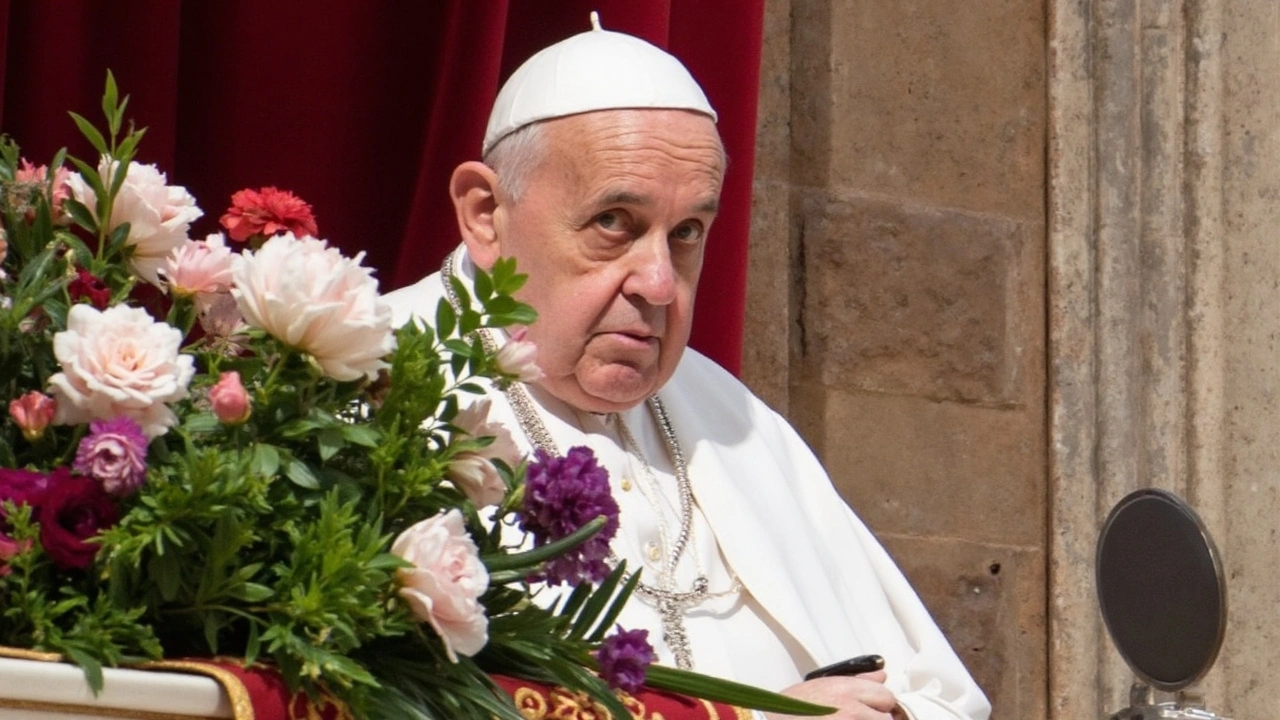
Pope Francis, the first Latin American pontiff and a reformer, died at 88 on Easter Monday from a stroke and cardiovascular complications. His passing at Casa Santa Marta sets the stage for a historic transition, as the College of Cardinals prepares to organize the funeral and select the next pope.
View More
